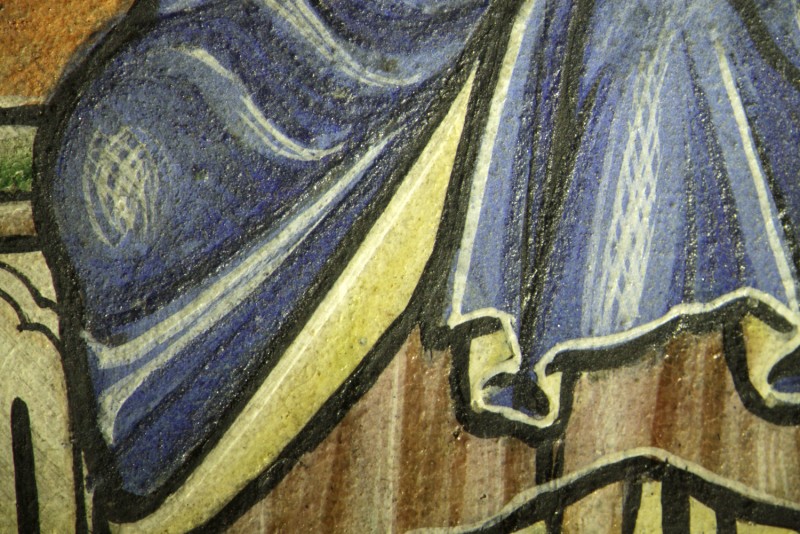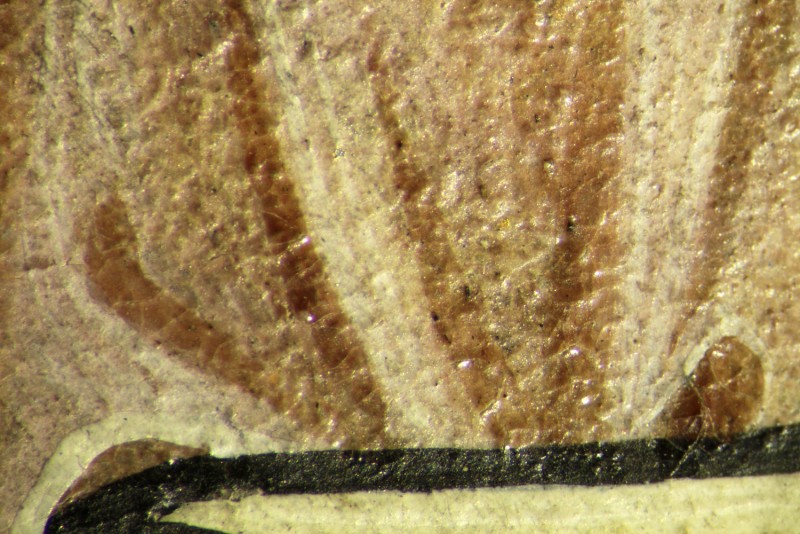Psalter
Texts and Images
The Psalter has 10 sections, following one of the common medieval systems of dividing the 150 Psalms into groups for daily recitation. Psalm 1 opens with a full-page historiated initial (fol. 12v). Psalms 52, 80, 101 and 109 mark four more divisions with large historiated initials showing rather unusual subjects that do not follow the pattern of earlier 13th-century Psalters (fols. 78r, 116r, 139v, and 159r). Three other 'division' Psalms (26, 38, 51) are introduced by fully illuminated foliate initials (fols. 41v, 60v, 77r), but the initials for Psalms 68 and 97 are missing due to the loss of folios. Contemporary, deluxe English Psalters made in urban centres, probably for lay owners, generally have historiated initials for all 10 'division' Psalms. The intended monastic use of the Peterborough Psalter may account for fully illuminated foliate initials marking some of the major divisions in this manuscript. Red and blue penwork initials filled with foliate ornament in multicoloured washes with occasional touches of gold mark some remaining major text divisions in the Psalter. Others are signalled by red and blue penwork initials filled with scrolling patterns in the contrasting colour.

_sharpened and cropped.jpg)


Historiated initial D with Christ in Majesty and a peacock (Psalm 109)
The peacock, which forms the curving ascender of the initial D, symbolises the Resurrection and immortality. The use of silver for the peacock is unique within the manuscript. The dark colour bleeding through the parchment, as well as extensive losses indicate that the metal has tarnished (hotspot 1). Silver was applied over an orange layer containing gypsum and ochre. It appears to have been laid over previous paint layers (hotspot 2).
Christ’s mantle is modelled with lead white highlights and cross-hatching over the ultramarine blue base (hotspot 3). A yellow organic glaze is applied over a white base in the inner part of the mantle. The pink tunic is painted with an organic red dye mixed with gypsum and lead white (hotspot 4).